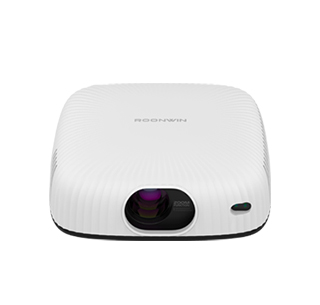
The projector industry is governed by a set of standards that ensure product quality, safety, performance, and compatibility. These standards play a crucial role in guiding manufacturers during production, helping consumers make informed purchasing decisions, and facilitating international trade.
In terms of safety standards, organizations such as the International Electrotechnical Commission (IEC) and Underwriters Laboratories (UL) have established guidelines to protect users from electrical hazards, fire risks, and radiation exposure. Projectors must comply with strict electrical safety requirements, including proper insulation, grounding, and protection against electrical shock. For example, the IEC 60950 - 1 standard sets the safety requirements for information technology equipment, which includes projectors. It specifies aspects such as electrical insulation, mechanical strength, and protection against abnormal operating conditions.
Performance - related standards focus on aspects such as image quality, brightness, contrast ratio, and color accuracy. The Video Electronics Standards Association (VESA) has developed standards for video interfaces, ensuring compatibility between projectors and various input devices. For instance, the HDMI (High - Definition Multimedia Interface) standard, which is widely used for connecting projectors to sources like Blu - ray players, gaming consoles, and computers, defines the specifications for digital audio and video transmission, enabling high - quality, uncompressed content transfer.
Regarding environmental standards, there is a growing emphasis on energy efficiency and reducing the environmental impact of projectors. The Energy Star program, for example, sets criteria for energy - efficient projectors. Projectors that meet these criteria consume less power during operation and standby modes, helping users save on electricity bills and reducing greenhouse gas emissions. Additionally, standards related to the use of hazardous substances, such as the Restriction of Hazardous Substances (RoHS) directive in the European Union, ensure that projectors are free from harmful materials like lead, mercury, and cadmium, promoting environmental sustainability and user safety.
In the area of projection quality, industry standards also exist for aspects like resolution, aspect ratio, and color gamut. These standards help ensure that projectors can accurately reproduce content as intended by the creators. For example, the Society of Motion Picture and Television Engineers (SMPTE) has established standards for colorimetry and video signal processing, which are relevant for projector manufacturers to achieve accurate color representation and consistent image quality. Overall, these standards create a framework that promotes innovation, quality, and safety in the projector industry.
Read recommendations:
HI Gift Customization - HI Series Projector
Maintenance of Projector Screens
High - Definition Projectors
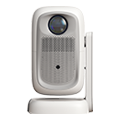




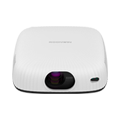
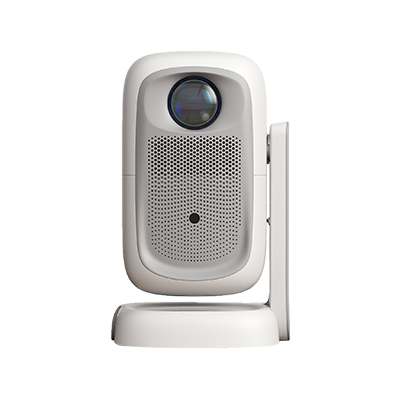

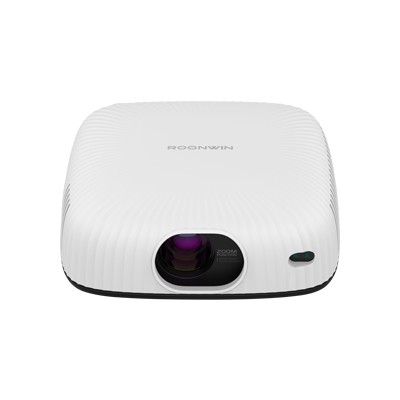









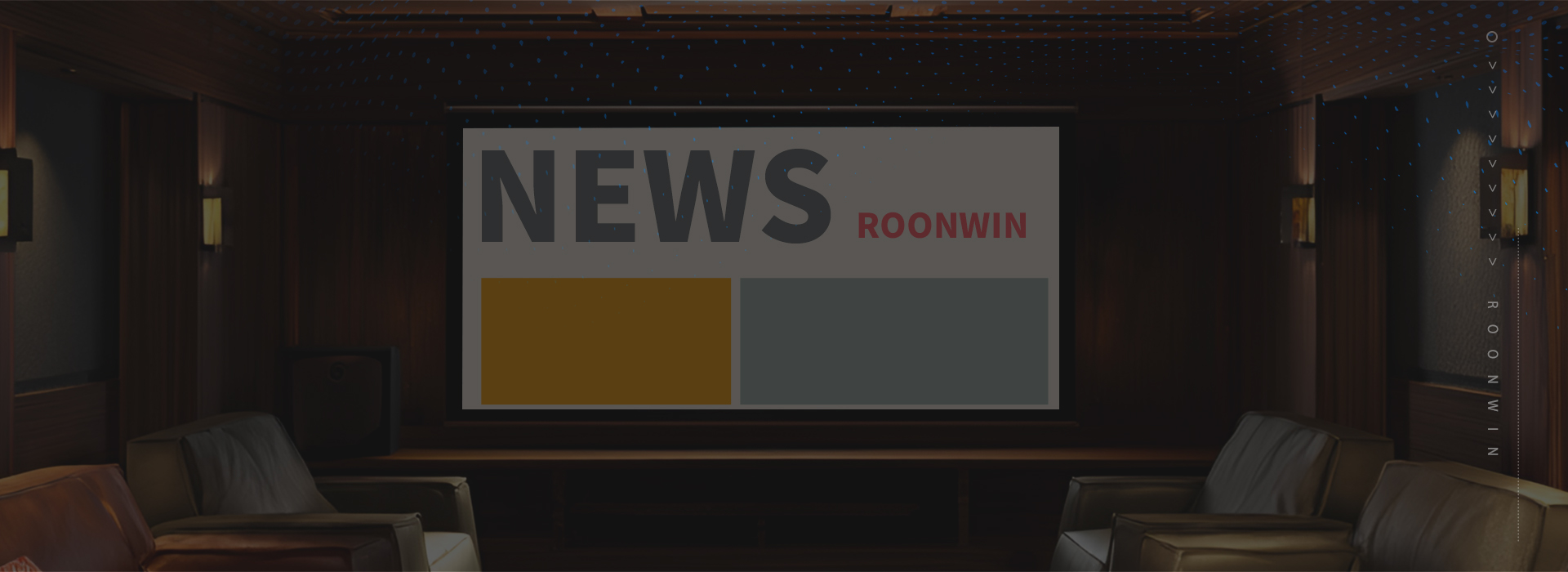
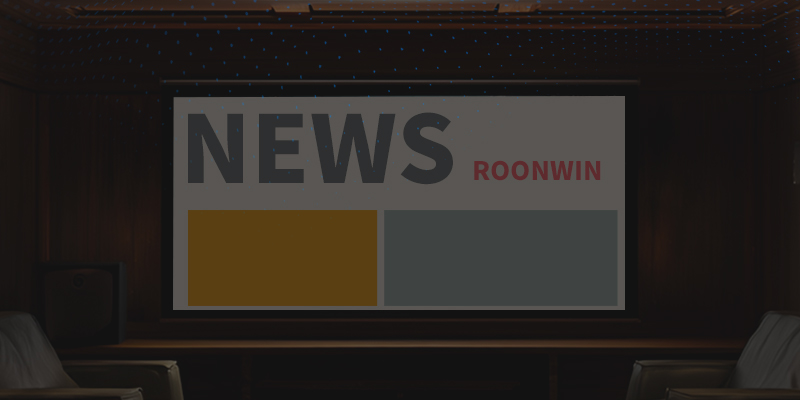
 Reviewed:
Reviewed:











